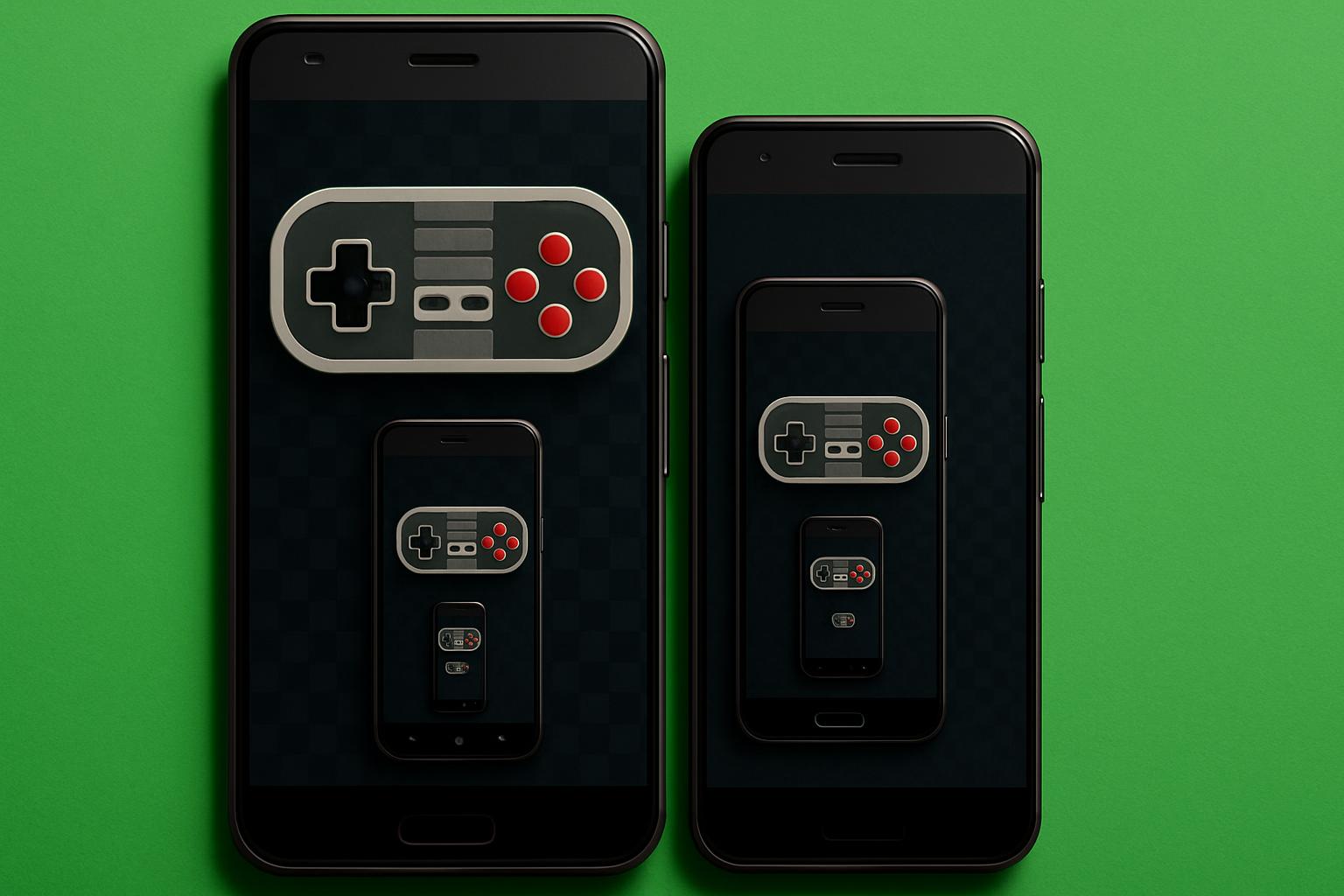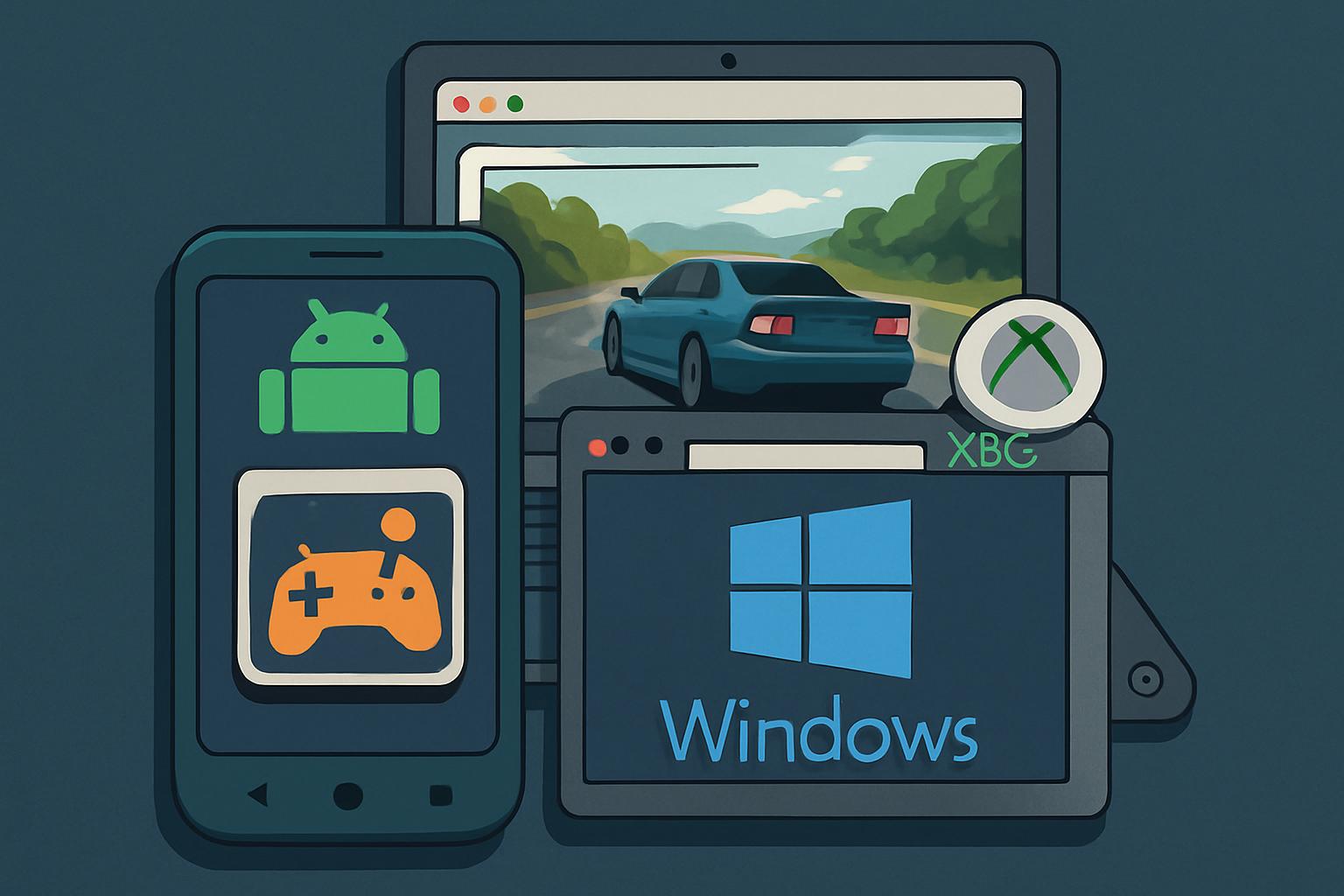Android tinkerers have come up with a method to play Xbox 360 titles on phones—an initiative that sounds like a challenge and plays like one.
By stacking personal computer compatibility layers like Winlator or GameHub on top of the Windows-based Xenia Xbox 360 emulator, users are now bringing the PC inside an emulator inside a PC in a “denial that emulation is not really possible game,” and what’s happening is ugly but at least it’s happening.
- Why People Are Nesting Emulators In Android
- How the emulator stack actually works in reality
- Real-world performance results from community tests
- A native Xbox 360 emulator for Android is coming soon
- Why emulatorception still matters for Android gamers
- The bottom line for Android gamers considering emulatorception

Why People Are Nesting Emulators In Android
It makes sound sense: there’s already a fair number of retro and console emulators for Android, but the Xbox 360 has been notably absent in this category. While Xenia was doing the business on Windows PC, fans relied on Winlator and GameHub (two programs that bundle Wine as well as Box64/Box86 and graphics translation layers) to get their favourite titles booting on Android. Run Xenia in that environment, and you can, at least in theory, boot 360 games on a phone without a PC in sight.
How the emulator stack actually works in reality
This configuration is a tower of translation. First, Xenia transcodes Xbox 360’s PowerPC machine code to Windows x86. Then comes Wine-style layers around the Windows calls. Then Box64 translates the x86 code to work on your phone’s ARM CPU. On the graphics side, Direct3D calls made by Xenia are translated to Vulkan using projects such as DXVK or vkd3d, which in turn interface with the phone’s GPU drivers. Each adds GPU, CPU, and memory overhead.
Emulation is already a heavy cost; nesting makes it even more expensive. Academic work on dynamic binary translation often refers to 2x–10x slowdowns versus native execution, depending on workload. Stack those penalties on top of each other between CPU and GPU translations—and then throw in mobile thermal limits as a garnish—and you can see why only the most basic content is palatable.
Real-world performance results from community tests
Community reports from the EmulationOnAndroid subreddit reflect the same. High-end 3D titles like Crackdown, Forza Horizon and Project Gotham Racing 4 will crash or hobble around in the single digits. Most of the frame-by-frame is easy to follow as you watch, but stutters, shader compilation pauses, and out-of-sync audio are par for the course as an entire elbow-grease process operates in real time.
There are bright spots. It’s little surprise that lighter, 2D or remastered classics are also less of a problem: Guardian Heroes HD and the XBLA remake of GoldenEye 007 reportedly fall into this category. These successes are intelligible: fewer draw calls and simpler CPU workloads leave the translation layers with some breathing space.

Hardware matters too. Phones with recent flagship chipsets and good Vulkan drivers—think the latest Snapdragons and Dimensities—will get you the best results, especially if you limit frame rates, reduce resolution and keep your device cool to avoid thermal throttling. Even then, expectations will still need to be low.
A native Xbox 360 emulator for Android is coming soon
Chances are relief will come in the shape of a dedicated Android Xbox 360 emulator, ax360e, from the developer of aPS3e. It’s said to be a continuation of the Xenia project but designed with Android as its first priority. Details are slim (no public build, no performance stats), but peeling away the Windows compatibility and x86 translation layers will hopefully greatly cut back overhead and headaches.
Xenia itself has been evolving over the years with working commits and a switchable back end between Direct3D 12 and Vulkan. ax360e riffs on that foundation, and if it were to take aim at Vulkan on ARM as a primary target, that could really open the floodgates for an entirely new class of 360 titles designed specifically to leverage flagship phones. The real questions are how quickly the JIT can translate PowerPC to ARM, how well GPU drivers perform across vendors, and if portable hardware thermal envelopes can keep up over time.
Why emulatorception still matters for Android gamers
While not realistic for probably the vast majority of games, it serves as a proof of concept and stress test on the wider Android ecosystem. It shows that given enough translation layers, a modern phone can run software sizes in excess of what it has been natively targeted for. It also helps to illustrate the stumbling blocks developers must address: shader caching, JIT performance, I/O scheduling, and thermal considerations.
The trajectory is encouraging. Mobile GPUs are growing faster, both in terms of Vulkan throughput and feature sets; drivers on Android have become more consistent in their application of the API; and there’s greater code sharing between emulator projects across platforms. A dedicated 360 emulator on Android isn’t going to have rock-solid compatibility out of the gate, but it’s got a much better shot than Xenia through a compatibility layer in Windows.
The bottom line for Android gamers considering emulatorception
If you’re feeling curious and are okay with tinkering, emulatorception is able to boot some 2D and lightweight Xbox 360 games today. But for the great majority of 3D games, performance is still a deal-breaker. The more intelligent bet is to keep an eye out for a native Android solution similar to that of ax360e based on Xenia’s work. That’s where play will transition from novelty into the new normal and a phone becomes an unexpectedly minty portal to the 360 era.

